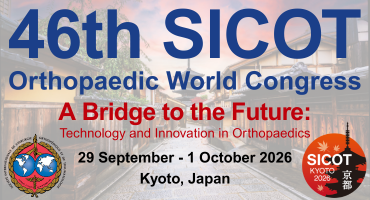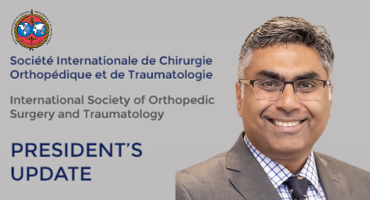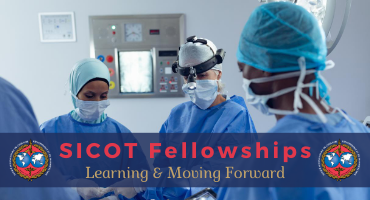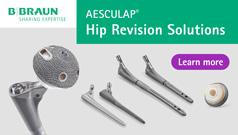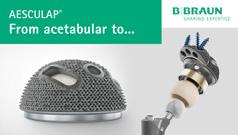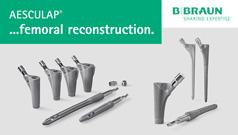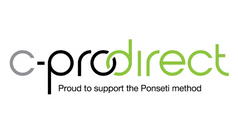J Bone Joint Surg Am. 2025 Jun 19. doi: 10.2106/JBJS.24.01483. Online ahead of print.
ABSTRACT
BACKGROUND: Computer navigation and patient-specific instrumentation in unicompartmental knee replacement (UKR) improve the precision of implant positioning, but there is limited information regarding their impact on implant survival and patient-reported outcomes. We aimed to compare postoperative implant survival, Oxford Knee Score (OKS) values, health-related quality of life (measured using the EuroQol-5 Dimension 3-level version [EQ-5D-3L]), and intraoperative complications between UKRs performed using computer navigation or patient-specific instrumentation versus conventional instrumentation.
METHODS: Using National Joint Registry data, an observational study of patients who underwent primary UKR for osteoarthritis between 2003 and 2020 was performed. The primary analyses focused on all-cause revision, and the secondary analyses focused on differences in the OKS and EQ-5D-3L at 6 to 12 months postoperatively. To account for several covariates, weights based on propensity scores were generated. Cox proportional hazards models and generalized linear models were used to assess for differences in revision risk, and OKS and EQ-5D-3L change scores, respectively, between patient groups. Sensitivity analyses accounting for body mass index were performed. Effective sample sizes (ESSs) were computed, representing the statistical power comparable with that of an unweighted sample.
RESULTS: Compared with conventional instrumentation, the hazard ratio (HR) for all-cause revision was 1.126 (95% confidence interval [CI], 0.909 to 1.395; p = 0.277; ESS, 4,273) with computer navigation and 0.805 (95% CI, 0.442 to 1.467; p = 0.478; ESS, 1,199) with patient-specific instrumentation. No difference was found in the change in OKS between the groups (-1.287; 95% CI, -2.851 to 0.278; p = 0.107; ESS, 470), although improvement in the EQ-5D-3L scores was relatively lower for computer-navigated UKR compared with conventional instrumentation (-0.049, 95% CI, -0.093 to -0.005; p = 0.028; ESS, 455). However, sensitivity analyses demonstrated that computer navigation was associated with an increased risk of all-cause revision (HR, 1.446; 95% CI, 1.102 to 1.898; p = 0.008; ESS, 3,011) and relatively smaller improvements in the OKS (-2.845; 95% CI, -5.006 to -0.684; p = 0.010; ESS, 272) and EQ-5D-3L scores (-0.087; 95% CI, -0.145 to -0.030; p = 0.003; ESS, 286). There were no differences in intraoperative complications (p = 0.073).
CONCLUSIONS: This study found no clinically meaningful differences in patient-reported outcomes following computer-navigated UKR. Although likely underpowered, the primary analyses showed no difference in implant survival. While a sensitivity analysis suggested that computer navigation could worsen implant survival, this analysis had a smaller sample size. These findings highlight potential signals that warrant further investigation.
LEVEL OF EVIDENCE: Therapeutic Level III. See Instructions for Authors for a complete description of levels of evidence.
PMID:40536918 | DOI:10.2106/JBJS.24.01483






